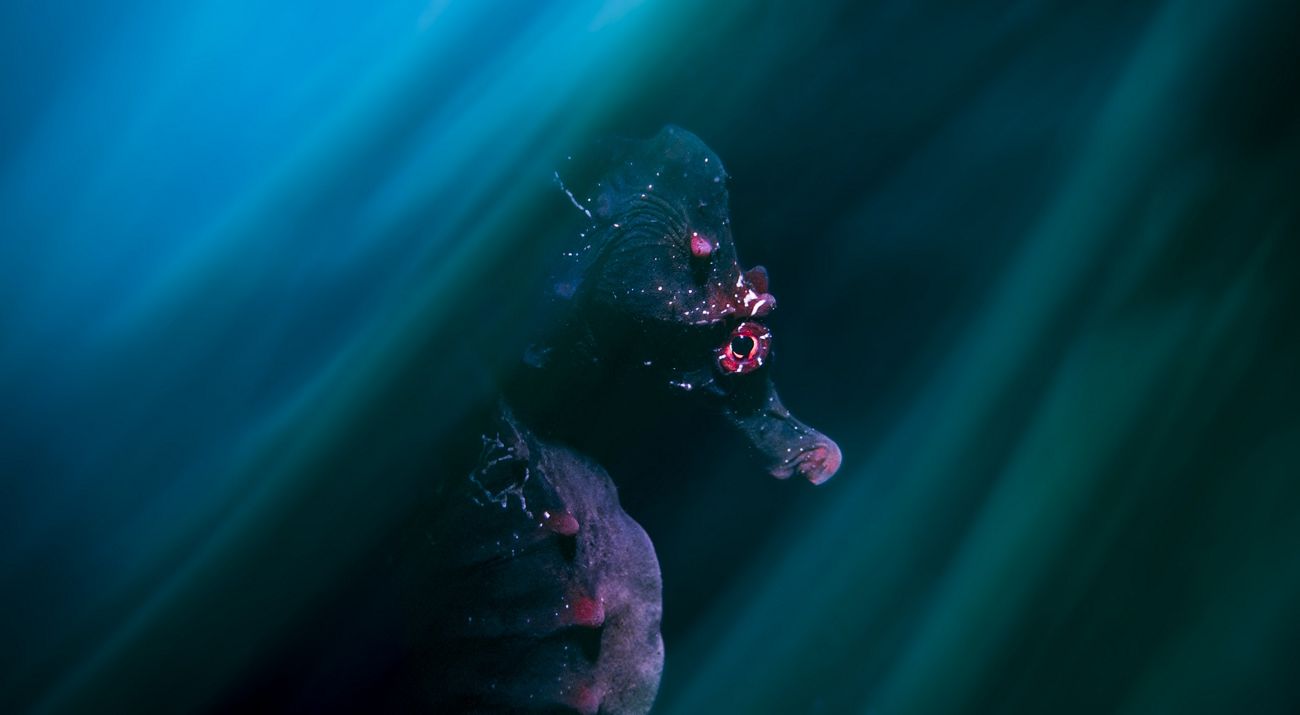2024 Oceania Photo Contest Winners
The inaugural 2024 Oceania Photo Contest saw close to 2,000 incredible entries submitted from photographers across the Oceania region. Each image, across every category, brought something remarkable and unique, showcasing not just technical expertise but a deep understanding of storytelling and the moments that truly make us stop and think.
See all the winners
Salmon Surfer: One of the worlds best surfers Shane Dorian surfing around Margaret river, WA, Australia. Shot from underwater through a School of Australian Salmon. © Duncan Macfarlane / 2024 TNC Oceania Photo Contest

Toss of Life: In an extraordinary display of agility, this Bee-Eater snatched a dragonfly mid-flight, then swiftly perched on a nearby branch. © Naidu Kumapatla /2024 TNC Oceania Photo Contest

Roar of Anger: Egret fishing, meeting such a large Elops saurus, unable to eat, leaving a regretful look. The Elops saurus opened its mouth wide and rushed out of the seawater. © Xiaoping Lin / 2024 TNC Oceania Photo Contest

Where there's Smoke: ...there's food. Kakadu, Northern Territory burn-off. Irresistible to the Kytes. © Michael S. Martin / 2024 TNC Oceania Photo Contest

White: White color subjects are always the most challenging subject matter in macro photography when it comes to capturing the essence and details. Under the great lighting condition, I was able to present these group of Marasmius genus fungi found in Puhipuhi Valley Scenic Reserve in their best forms. © Chin Kang Chia / 2024 TNC Oceania Photo Contest
Past Photo Contest Winners
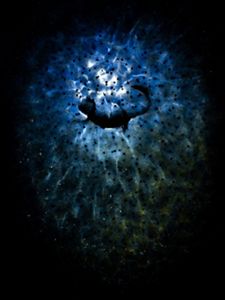
Between the Stars: I photographed this moment underwater. I was able to do it by putting my camera in an underwater case, attaching it to a metal weight and placing it all under the eggs. I waited nearby for it to be dark, and when the newt appeared, I lit it with an LED lamp. I started the camera with a home-made wired remote release. It turned out 1-2 sharp pictures. © Litauszki Tibor/TNC Photo Contest 2023
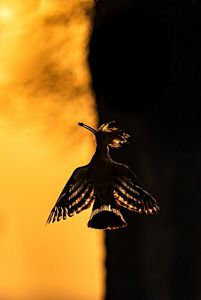
Dawn's Whispers: Graceful Hoopoe Silhouette at Sunrise: A Hoopoe took flight with its wings spread in a smooth motion across the canvas of the early-morning sky that was illuminated by the sunrise's bright hues.I saw that this bird would occasionally grab its prey in the air and other times on the ground. Additionally, I observed that each time it caught a prey, it flew in the same direction to a nearby tree. © Hermis Haridas/TNC Photo Contest 2023
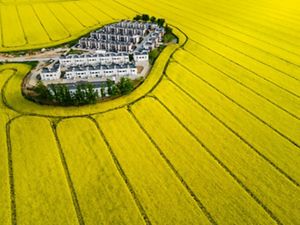
Living inside the yellow fields: Aerial perspective of a small settlement of the city of Swidnica, surrounded by beautiful rapeseed fields. © Agnieszka Wieczorek/TNC Photo Contest 2023
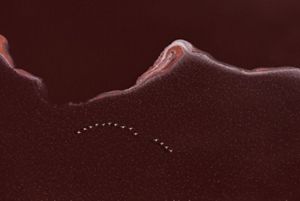
Magadi Airshow: The alkaline Lake Magadi provides breathtaking patterns on the surface of the lake to photograph flamingos. Lake Magadi, Kenya 12 Sept, 2023. © Neelutpaul Barua/TNC Photo Contest 2023
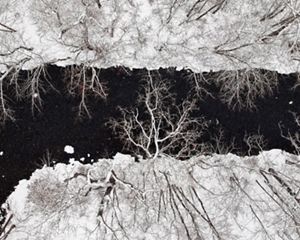
Black and White: Drone photo of a creek during a snowstorm, Salisbury Mills, New York © Derek Robertson/TNC Photo Contest 2023
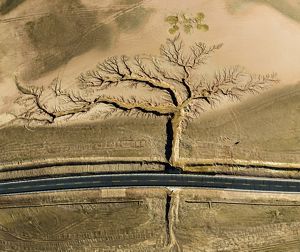
Branching Out : On either side of a highway, gullies formed by rainwater erosion span out like a tree in Tibet, an autonomous region in southwest China. © Li Ping/TNC Photo Contest 2022
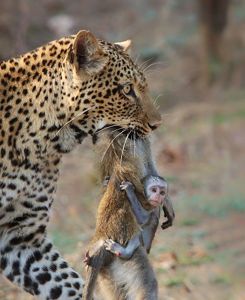
An Unforgiving kingdom: A leopard known as Olimba carries the carcass of a female vervet monkey with its baby still hanging on for dear life. Picture taken in South Luangwa National Park in Zambia. © Shafeeq Mulla/TNC Photo Contest
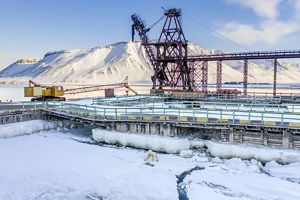
Breastfeeding in town: A female polar bear breastfeeding her two cubs of the year in the harbour of the abandoned Russian settlement, Pyramiden. © Florian Ledoux/TNC Photo Contest
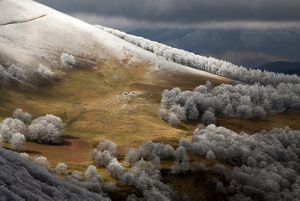
Adi: Slope of Mount Adi, in Navarra. © Francisco Javier Munuera González/TNC Photo Contest
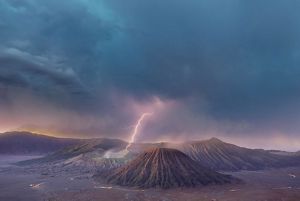
Mystical Bromo: Bromo Tengger Semeru National Park (TNBTS) is one of the 10 priority tourist destinations in Indonesia. © Hendy Wicaksono/TNC Photo Contest
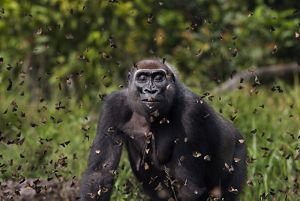
Malui: Western lowland gorilla female 'Malui' walking through a cloud of butterflies she has disturbed in a bai. Bai Hokou, Dzanga Sangha Special Dense Forest Reserve, Central African Republic. December 2011. © Anup Shah/TNC Photo Contest 2021
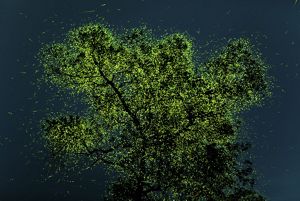
Fireflies: Just before Monsoon, these fireflies congregate in certain regions of India and on a few special trees like this one, they are in crazy quantity which can range in millions. © Prathamesh Ghadekar/TNC Photo Contest 2021
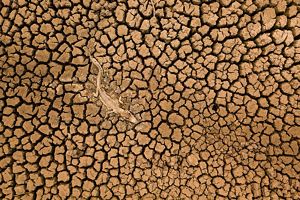
Drought: Carcass of a Pantanal alligator (Caiman yacare) in the dry soil on the banks of the Transpantaneira highway, municipality of Poconé (Mato Grosso). © Daniel De Granville Manço/TNC Photo Contest 2021
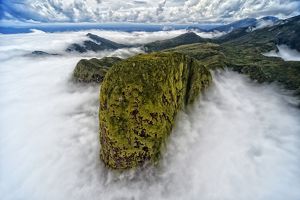
Serra do Mar: In a helicopter flight through the sea mountain range, I came across this white cloud cover, which resulted in this magnificent image that resembles the head of a dinosaur. © Denis Ferreira Netto/TNC Photo Contest 2021
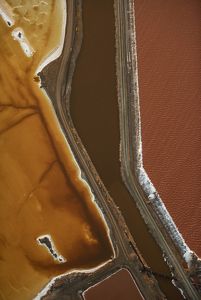
Salt Ponds: If you have flown into San Francisco International Airport, you may have seen these colorful salt ponds over the bay. This aerial image was taken while flying my plane. © Jassen Todorov/TNC Photo Contest 2021
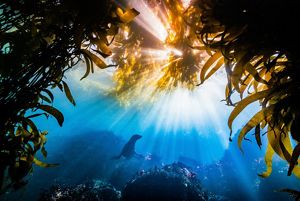
Burst: California sea lion framed by kelp beds in Monterey Bay, California. Grand Prize Winner for 2019 TNC Global Photo Contest. © Tyler Schiffman/TNC Photo Contest 2019
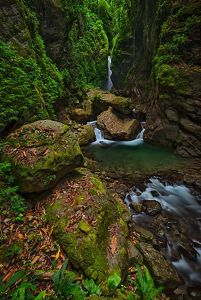
Wanayo Waterfall: A small waterfall and stream in Wasior, West Papua. © Diyanto Sarira/TNC Photo Contest 2019
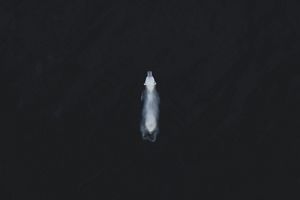
Hope: Polar Bear in Svalbard, Norway June 2019. © Fernando O’Farrill/TNC Photo Contest 2019
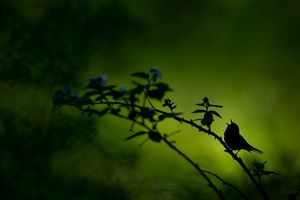
Singing Silhouette: A Chestnut-sided Warbler sings out. © Raymond Hennessy/TNC Photo Contest 2019
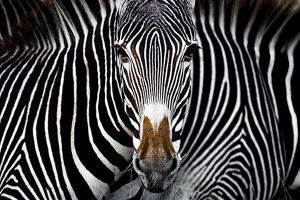
The Grevy's Illusion : A Grevy's zebra staring at the camera in Lewa, Kenya. © YARON SCHMID/TNC Photo Contest 2019
Get the latest updates on our work
Learn about how we're conserving Australia's lands and waters through project updates and receive fun quizzes and other great information.
